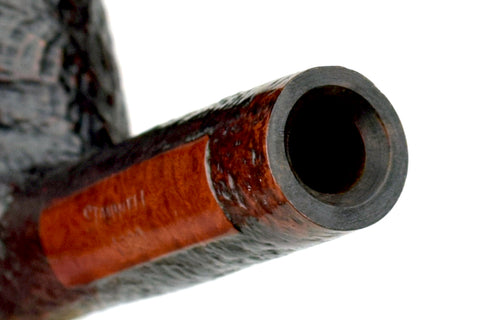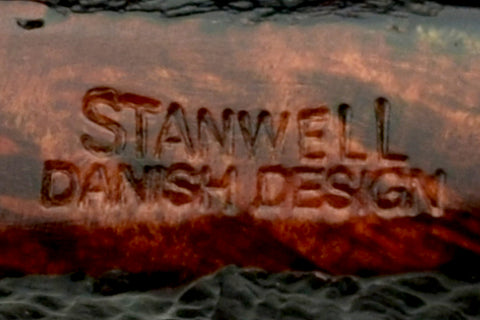The Stanwell Pipe of the Year Collection
Posted on 17 July 2019
Stanwell (1942 - present), is a wonderful brand to explore, whether you're beginning your journey into pipe smoking, are a serious collector, or a general pipe enthusiast. Several key features make the Stanwell pipe great to collect and smoke. First, they have been widely distributed for decades, making the brand fairly easy to find on both the primary and secondary markets. Second, they have a deserved reputation for quality. Their smoking properties, especially among the older pieces, is of significant renown. Finally, when considering the Danish contribution to the pipe history, very few companies have the rich and storied past necessary to continue the legacy of the old English shapes, but also to influence the canon going forward. Stanwell's shape collaborations with many renowned Danish carvers makes collecting these unique shapes accessible to pipe smokers of all means.
While Stanwell began making pipes in the early 1940s, the exact materials and procedures used during production changed with the times. Dating the era of production of any given Stanwell is not a straightforward process. Originally Stanwell made pipes out of Beech wood, briar being scarce during and shortly after WWII. Looking at the specific fonts and locations of the nomenclature can help narrow down when a pipe was made. It is generally accepted that Registry era pieces were made between 1948 and sometime in the 1960s, but Stanwells made after the registry era are hard to pin down.
Recently, Blue Room Briars acquired a complete Stanwell Pipe of the Year (POY) collection spanning from 1980 – 2017. Looking at these pipes in detail reveals some interesting insights into Stanwell's production, although it should be noted that these findings are not the final say on when a particular pipe was made, but we hope you can use it as a guide when trying to determine the era of manufacture for Stanwell pipes made after 1980.
The first pipe of note is the 1980 POY. This pipe does not come with the engraved silver plaquette. The pipe also sports a traditional vulcanite mouthpiece.
Between 1981 and 1998, the Stanwell pipes from the POY collection have the addition of silver plaquettes denoting the year, a traditional vulcanite mouthpiece, and also have a Teflon lined mortise. This is an interesting feature that creates a very stable connection between the mortise and tenon, as well as allowing the mortise to be swabbed out easily for maintenance. It wouldn't be unwarranted to believe that other Stanwell pipes with a Teflon sleeved mortise were probably made between the 1980s to late 1990s. This additional, and costly, feature demonstrates Stanwell's commitment to quality manufacturing even into the last portion of the 20th century.
Teflon Lined Mortise
Vulcanite Stem
In 1999, we see the introduction of acrylic mouthpieces with Teflon tenons and the abandoning of the more costly process of lining the mortise with Teflon. All subsequent POYs from 1999 to 2017 have acrylic stems.
Acrylic Stem
In 2011 we see the first POYs produced in Italy, where Stanwell moved its factory in 2010. Unlike their Danish made counterparts, these pipes are stamped "Danish Design" as opposed to "Made in Denmark."
Post 2011 Italian Stanwell Stamping
The rare opportunity to see a single pipe from every year of Stanwell's production from 1980 – 2017 can shed light on how to date other Stanwell pipes. Again, solid estimates are elusive, as this collection only represents one data point among thousands. We hope you've found it useful and if you have any information about correctly narrowing down the age of a particular Stanwell pipe, we'd love to hear it.





